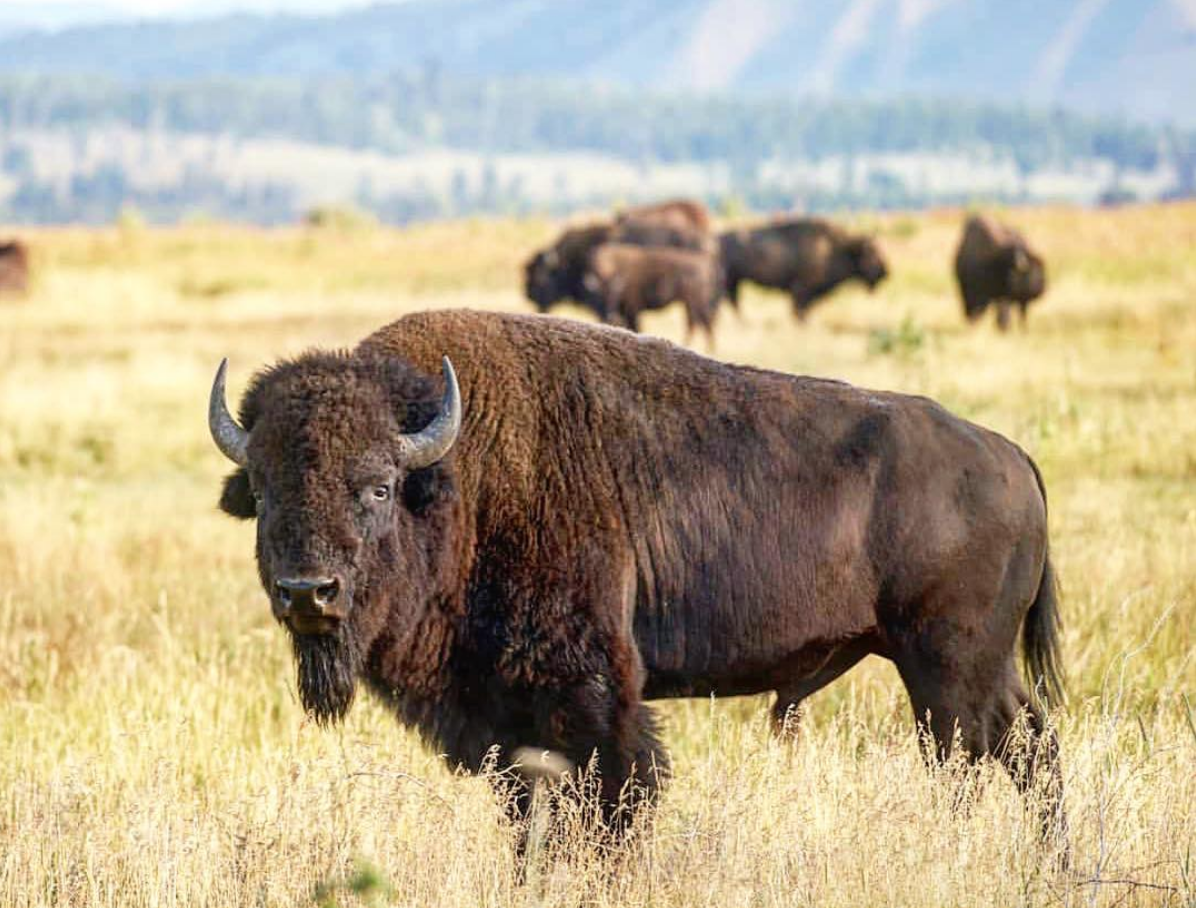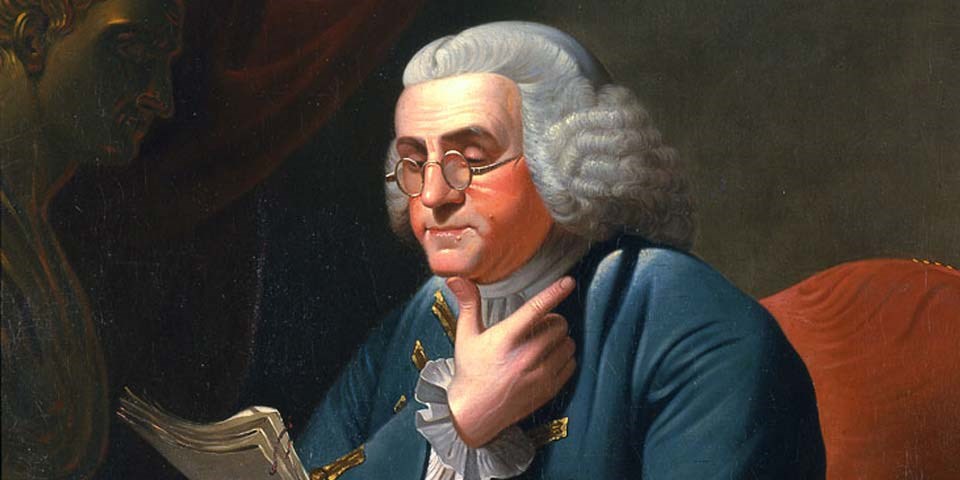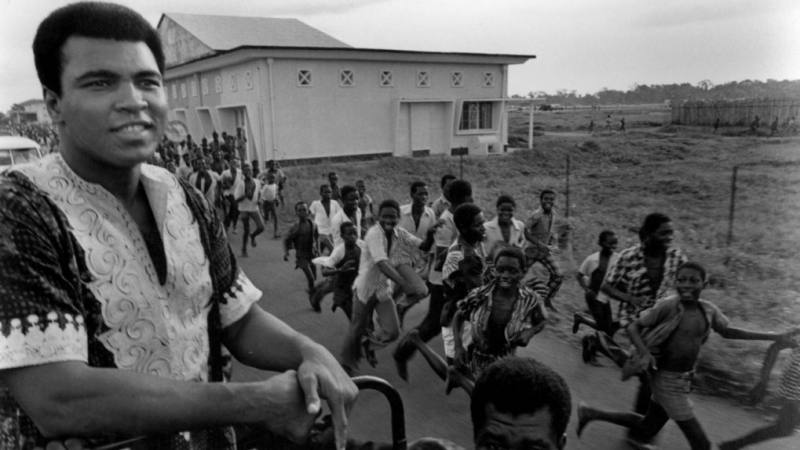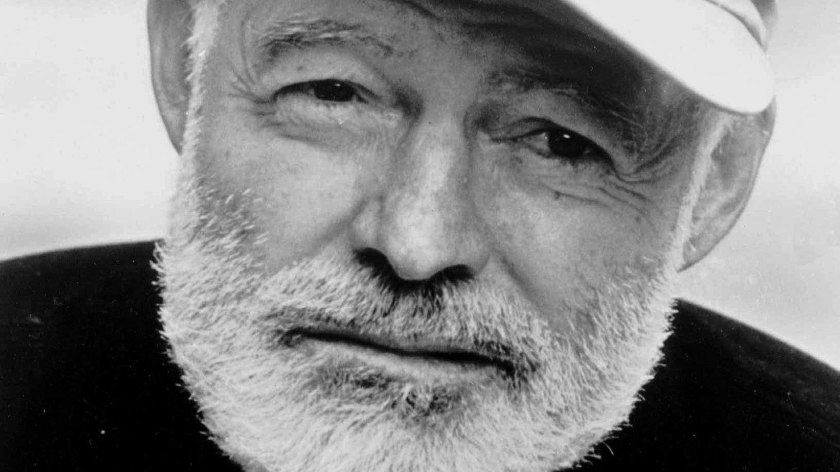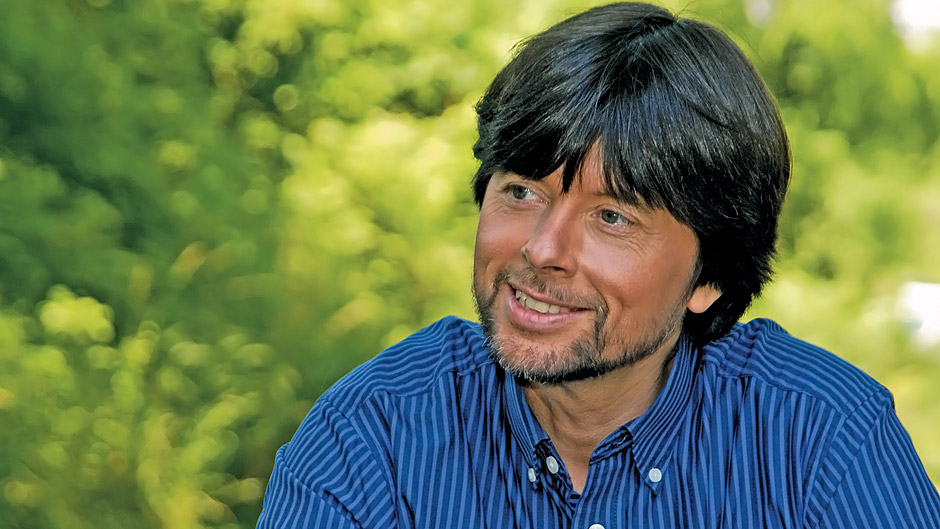Tortured genius? No, Leo was the life of the party
The world keeps showing us geniuses with tortured souls. We get a grumpy Beethoven, a dreary Poe, a troubled Michelangelo.
But then there was Leonardo da Vinci, resisting stereotypes.
“The sense we get … is that he was more-or-less a happy person,” said Sarah Burns, whose epic profile of him starts Monday (Nov. 18) on PBS. “That he was the life of the party, even, in some ways.”
He was a gifted painter (an example is shown here), in a vibrant time for eager thinkers.
“They’re in these bodegas, where they are learning math,” said David McMahon, Burns’ husband and filmmaking partner. “They’re reciting poetry. They’re playing music. It feels a little bit like Warhol’s Factory, without the (drugs).” Read more…

